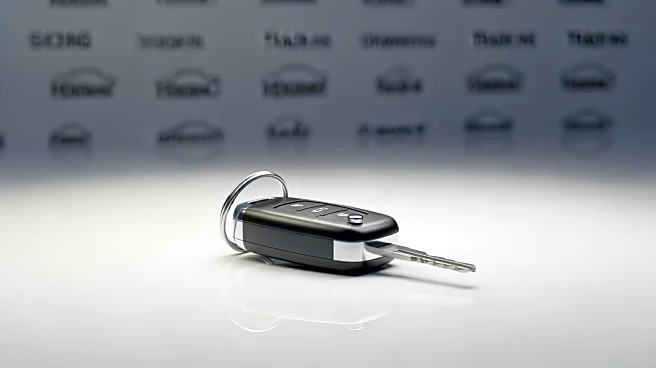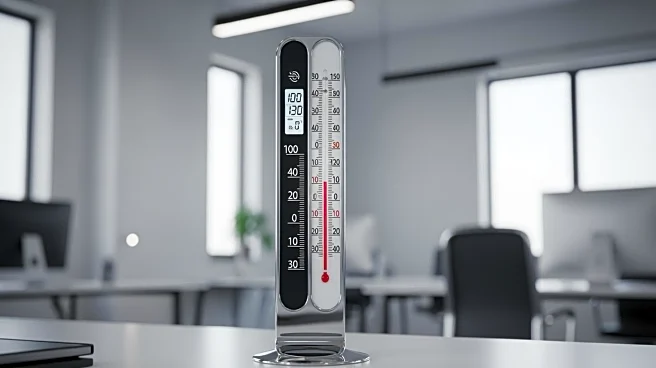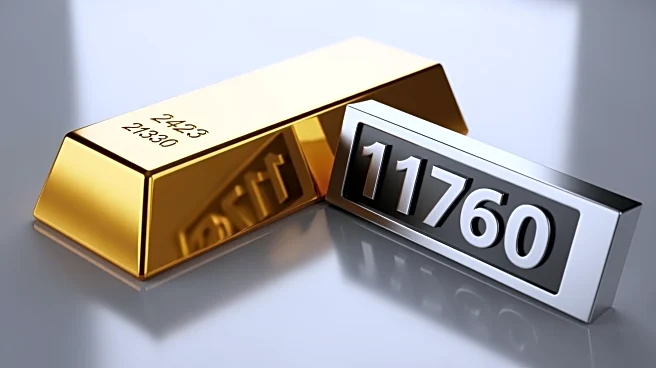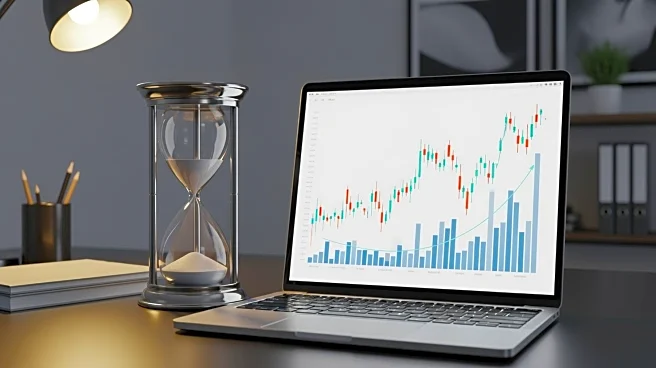What's Happening?
According to recent data from Edmunds, the third quarter of 2025 has seen a significant rise in the percentage of car buyers who are underwater on their trade-ins. Specifically, 45 percent of new-vehicle
purchases involved a trade-in, and 28 percent of those trade-ins had negative equity. This marks the highest level of negative equity in trade-ins since 2021. Negative equity occurs when the value of a trade-in vehicle is less than the amount owed on it, which can complicate the purchasing process for new vehicles. This trend is indicative of broader financial pressures on consumers, possibly exacerbated by economic conditions such as inflation or interest rate changes.
Why It's Important?
The increase in negative equity among car buyers has significant implications for the automotive industry and consumers. For consumers, negative equity can lead to higher monthly payments and longer loan terms, potentially straining personal finances. For the automotive industry, this trend could affect sales dynamics, as consumers may delay purchasing new vehicles or opt for less expensive models. Additionally, dealerships and lenders may face increased risks and challenges in structuring deals that accommodate negative equity. This situation underscores the importance of financial literacy and careful financial planning for consumers considering vehicle purchases.
What's Next?
As the trend of negative equity continues, stakeholders in the automotive industry may need to adapt their strategies. Dealerships might offer more flexible financing options or incentives to attract buyers with negative equity. Lenders could also adjust their risk assessments and loan terms to better accommodate these consumers. Additionally, economic conditions such as interest rates and inflation will likely play a crucial role in shaping future trends in vehicle trade-ins and purchases. Monitoring these factors will be essential for both consumers and industry players to navigate the evolving market landscape.











